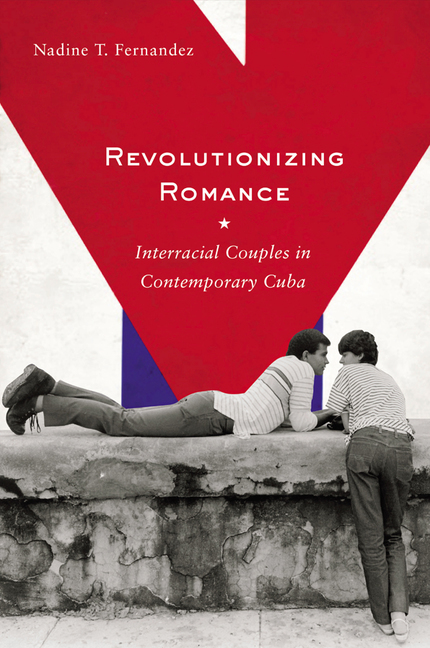Ethnic Studies 064: Mixed Race Descent in the AmericasPosted in Course Offerings, History, Identity Development/Psychology, Media Archive, Native Americans/First Nation, Politics/Public Policy, Social Science, United States on 2010-10-09 20:31Z by Steven |
Ethnic Studies 064: Mixed Race Descent in the Americas
Mills College, Oakland, California
Fall 2010
Melinda Micco, Associate Professor of Ethnic Studies
This is an introductory course that examines the historical and theoretical development of identities and of communities of multiracial and multiethnic people. In the academy, in government, and in popular culture, the lives and experiences of racially mixed people, and how others perceive them, have become topics of intense debate and scrutiny since the late-1990s. Mostly recently, newly elected President Barack Obama’s racial and ethnic identity highlighted the issues and played a significant role in the 2008 presidential elections.
This course will examine the historical evolution of such terms as the “marginal man” and the “150% man” to understand the present concerns of racial and ethnic stereotyping. We will engage questions such as: Who are “mixed-race” people in the US? How are they perceived, described, and treated in various communities? What are the effects of various federal and state policies, such as anti-miscegenation laws, American Indian “relocation,” immigration, and Japanese American internment? What is the legacy of race-based chattel slavery on both African-American and non-African-American communities? What are racial and color hierarchies and how do they affect mixed-race people? What are real lived experiences of mixed-race people in the US?
Required Text
- Gaskins, P. F. (1999). What are you?: Voices of Mixed-Race Young People. New York: Macmillan.
- Ifekwunigwe, J. O. (Ed.) (2004). Mixed Race Studies: A Reader. New York: Routledge.
- Spickard, P. R., & Burroughs, W. J. (Eds.) (2000). We Are A People: Narrative and Multiplicity in Constructing Ethnic Identity. Philadelphia: Temple University Press.
For more information, click here.
